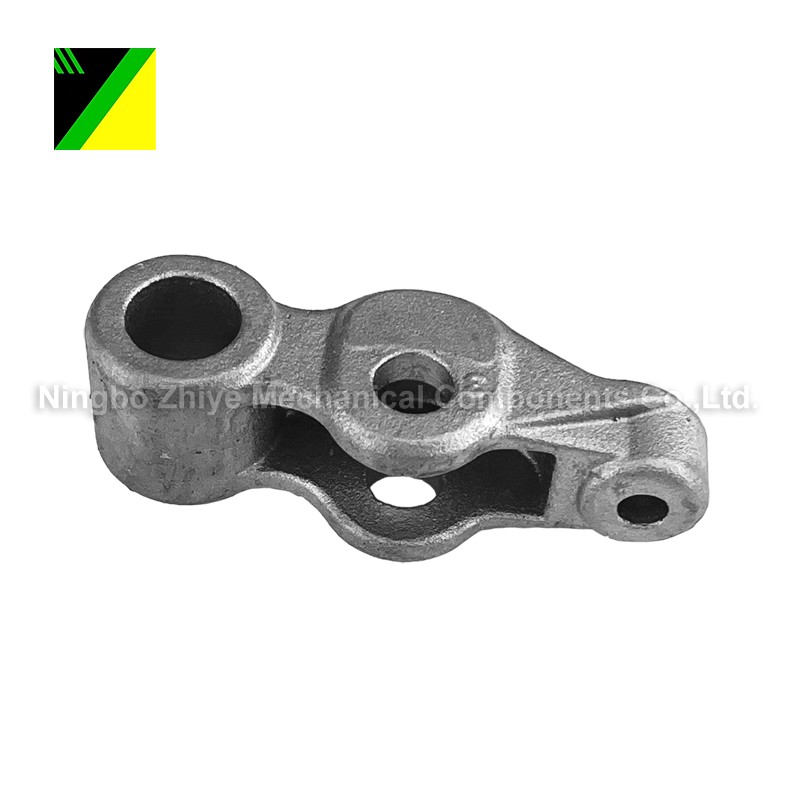
- English
- Español
- Português
- русский
- Français
- 日本語
- Deutsch
- tiếng Việt
- Italiano
- Nederlands
- ภาษาไทย
- Polski
- 한국어
- Svenska
- magyar
- Malay
- বাংলা ভাষার
- Dansk
- Suomi
- हिन्दी
- Pilipino
- Türkçe
- Gaeilge
- العربية
- Indonesia
- Norsk
- تمل
- český
- ελληνικά
- український
- Javanese
- فارسی
- தமிழ்
- తెలుగు
- नेपाली
- Burmese
- български
- ລາວ
- Latine
- Қазақша
- Euskal
- Azərbaycan
- Slovenský jazyk
- Македонски
- Lietuvos
- Eesti Keel
- Română
- Slovenski
- मराठी
- Srpski језик
అధిక-ఖచ్చితమైన కాస్టింగ్ డ్రైవ్లు పారిశ్రామిక అప్గ్రేడింగ్
2025-02-28
Precision casting is a process of obtaining high-precision metal castings through precision modeling methods. It has the advantages of producing castings with complex shapes, precise dimensions and smooth surfaces, which can reduce processing procedures and reduce costs. At the same time, it has high material utilization and wide applicability. It mainly includes investment casting, ceramic mold casting, metal mold casting, pressure casting and lost foam casting, among which the investment casting process is complex and has high precision.
The concept of precision casting
Precision casting is a general term for the process of obtaining precise castings by precision modeling methods. Precision castings are metal molded objects obtained by precision casting methods, that is, the smelted liquid metal is poured into a pre-prepared mold by pouring, injection, suction or other casting methods, and after cooling, the obtained objects have a certain shape, size and performance.
Advantages of precision casting
Compared with traditional casting methods, the advantage of precision casting is that it can produce castings with complex shapes and high dimensional accuracy, and the surface finish is good, close to the final shape of the parts, and can achieve near-net forming, thereby reducing subsequent processing procedures and reducing production costs. In addition, the material utilization rate of precision casting is high, which can effectively reduce material waste. It is also applicable to a variety of metal materials, and can meet the needs of high-end manufacturing industries such as aerospace, automobiles, and machinery for high-performance parts. It has the characteristics of high efficiency, energy saving, and environmental protection. It is the main process method and means of metal forming at present.
Classification of precision casting
Precision casting is mainly divided into investment casting, ceramic mold casting, metal mold casting, pressure casting, and lost foam casting. Among them, investment casting (also known as lost wax casting) is the most commonly used, and its process includes: using investment mold materials (such as paraffin) to make investment molds, repeatedly applying refractory coatings and sprinkling refractory sand to form a hardened shell and dry it; dissolving the investment mold to obtain a cavity; roasting the shell to increase strength and remove residual investment mold; pouring molten metal into the cavity, cooling and solidifying it, shelling and sand removal, and finally obtaining high-precision castings. According to needs, the finished product can also be heat treated, cold processed or surface treated.
Application of Precision Casting
Precision casting is widely used in the fields of automobile, aerospace and industrial automation. It is used to produce key components such as engines and gearboxes in automobile manufacturing, and to improve lightweight and corrosion resistance in the field of new energy vehicles; it meets the high strength and heat resistance requirements of engine blades and spacecraft components in aerospace; and it is used in the manufacture of key components of robots and automated production lines in industrial automation to achieve high precision and efficient operation.




